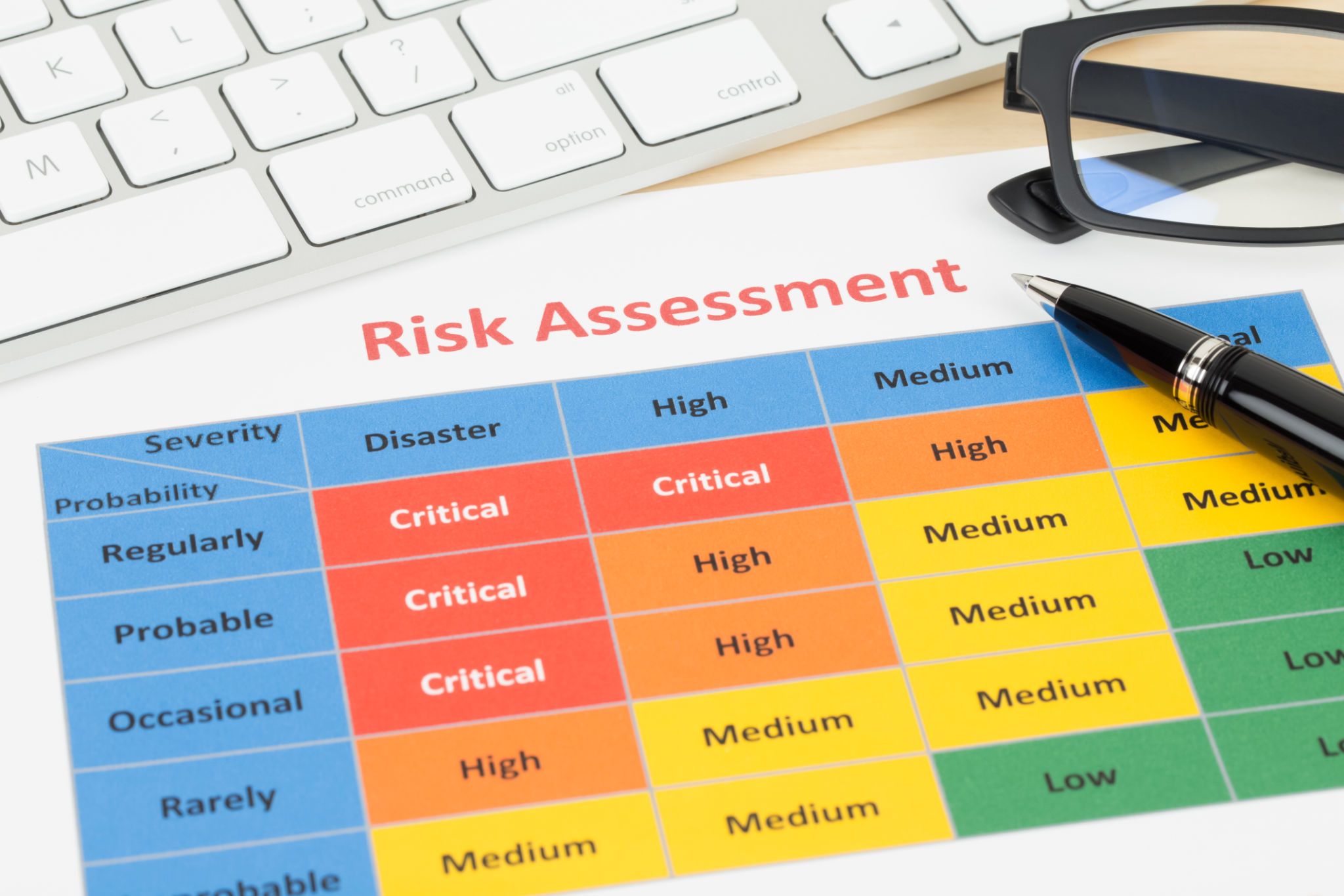Top Strategies for Effective Risk Management in UAE Businesses
cc
Understanding Risk Management
In the dynamic business environment of the UAE, effective risk management is essential for ensuring long-term success and sustainability. Risk management involves identifying, assessing, and mitigating risks that can impact an organization's objectives. By implementing robust risk management strategies, businesses can protect their assets, reputation, and bottom line.
Risk management is not just a reactive process, but a proactive approach to foresee potential challenges and address them before they escalate. This proactive stance enables businesses to maintain a competitive edge and fosters a culture of resilience and adaptability.

Identifying Risks
The first step in effective risk management is identifying potential risks. These risks can be categorized into several types, including financial, operational, strategic, compliance, and reputational risks. Conducting a thorough risk assessment helps businesses understand the specific vulnerabilities they face.
Utilizing tools like SWOT analysis (Strengths, Weaknesses, Opportunities, Threats) or PESTLE analysis (Political, Economic, Social, Technological, Legal, Environmental) can provide valuable insights into the external and internal factors that might pose threats to the organization.
Assessing Risk Impact
Once risks are identified, assessing their potential impact and likelihood is crucial. This involves evaluating the consequences of each risk and determining the probability of occurrence. Businesses can prioritize risks based on their severity and likelihood, allowing for more effective allocation of resources to manage them.
Implementing a risk matrix can be beneficial in this process. A risk matrix helps visualize the level of risk by plotting the probability of occurrence against the potential impact. This visual representation aids in making informed decisions regarding which risks require immediate attention.

Developing Mitigation Strategies
After assessing the risks, businesses must develop strategies to mitigate them. This can involve transferring the risk through insurance, avoiding the risk by altering business operations, reducing the risk through internal controls, or accepting the risk if it falls within acceptable thresholds.
Creating a comprehensive risk management plan that outlines these strategies is essential. This plan should be regularly reviewed and updated to adapt to changing business environments and emerging risks.
Implementing Risk Controls
Effective implementation of risk controls is critical for managing identified risks. These controls can include policies, procedures, and systems designed to prevent or minimize the impact of risks. Training employees on these controls ensures that everyone in the organization understands their role in risk management.
Technology plays a significant role in implementing risk controls. Leveraging advanced software solutions can streamline processes, enhance data security, and provide real-time monitoring of potential risks.

Monitoring and Reviewing
Continuous monitoring and reviewing of risk management strategies are vital to ensure their effectiveness. This involves regularly evaluating the outcomes of implemented controls and making necessary adjustments to address any gaps or emerging threats.
Periodic audits and assessments can provide valuable feedback on the efficiency of risk management practices. Engaging third-party experts for independent evaluations can also offer fresh perspectives and insights into improving existing strategies.
Building a Risk-Aware Culture
Fostering a culture of risk awareness within the organization is crucial for effective risk management. Encouraging open communication about risks and providing employees with the necessary tools and knowledge empowers them to identify and address risks proactively.
Leadership plays a pivotal role in setting the tone for a risk-aware culture. By prioritizing risk management and demonstrating commitment to mitigating risks, leaders can inspire employees at all levels to adopt similar practices.

Conclusion
In summary, effective risk management is indispensable for UAE businesses aiming to thrive in a competitive landscape. By identifying potential risks, assessing their impact, developing mitigation strategies, implementing controls, and fostering a culture of awareness, organizations can safeguard their future and achieve their strategic goals.
Embracing these top strategies will not only shield businesses from potential pitfalls but also position them for growth and success in an ever-evolving market. As the business environment continues to change, staying vigilant and adaptable will be key to managing risks effectively.